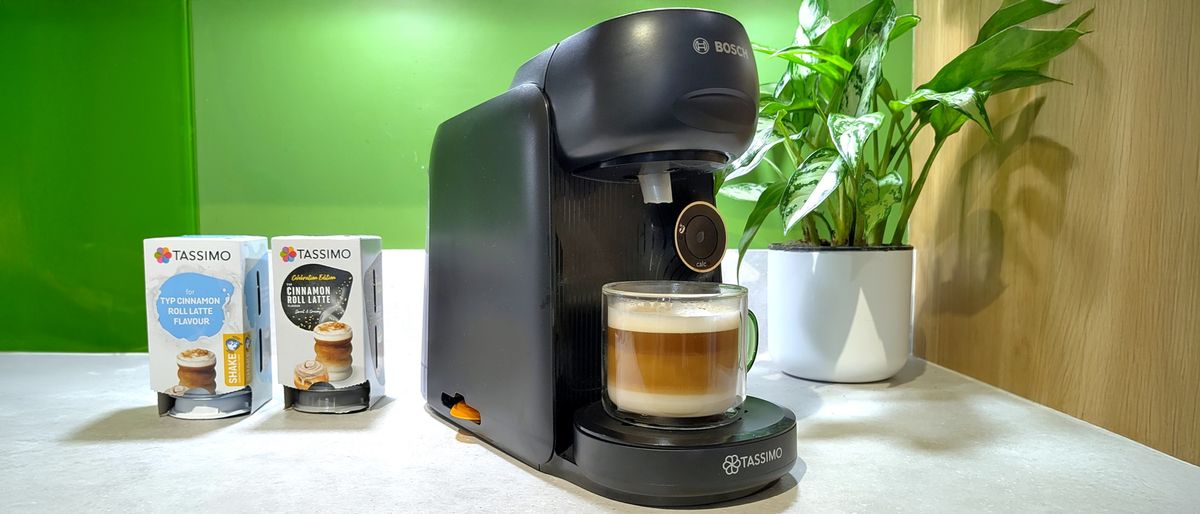With WNBA All-Star weekend behind us and Unrivaled Season 2 on the horizon, it's safe to say that it truly has been the year of women's basketball. The WNBA consistently broke audience and viewership records all season long, and college ball didn't slack either: During March Madness, the women's title game drew in the third highest viewership on record, peaking at 9.9 million. So, can we put the tired old idea that women's sports will never be as popular as men's to rest yet?
Call it the long-lasting Caitlin Clark effect, call it deserved, yet overdue attention; women's basketball is enjoying its time in the sun. But that spotlight is also illuminating a slightly more upsetting narrative — and it involves salary.
During 2025 All-Star weekend players made a statement of discontent, revealing "Pay Us What You Owe Us," t-shirts during warmups. Angel Reese, in particular, spoke out about the current WNBA salary and the disappointing proposals made by the WNBA regarding the collective bargaining agreement (CBA), which expires in October.
"Obviously, women's basketball is skyrocketing. And it's important for us to get what we want now, not just now, but for the future as well," Reese said. "It's really nice to have vets that may not be playing for 10 more years, but they are speaking for us because they know how important it is right now."
The players are currently negotiating a new CBA and according to Reese, the proposals have been less than fair. "It was an eye-opener for me ... hearing the language of things, not things that I was happy to hear," she said. "It was disrespectful ... the proposal that we were sent back." Others players have also been outspoken about the offer.
"We got a proposal from the league, which was honestly a slap in the face," said Phoenix Mercury forward and team union rep Satou Sabally in a recent interview. For more context, Reese elaborated on the shockingy low pay check during her rookie season.
"I just hope y'all know, the WNBA don't pay my bills at all. I don't even think it pays one of my bills. Literally," the Chicago Sky forward said on Instagram Live last year, according to ESPN. She went on to confirm that the $73,439 rookie salary she earned in 2024 was outpaced by her monthly rental cost of $8,000 per month. Of course, Reese isn't living solely on her WNBA salary; she previously told ESPN that her WNBA checks were "a bonus" that came "on top of the other endorsements that I'm doing," which include brands like Reebok, Good American, Tampax, Mielle, and others. Reese's last year at LSU, On3 gave her a name, image, and likeness valuation of $1.8 million.
Despite the fact that it doesn't make up her entire income, considering how much attention Angel Reese has brought to both college basketball and the WNBA over the past two years, her WNBA salary seems small — especially when you compare it to NBA rookie salaries. This again.
Another example: First overall 2024 WNBA draft pick Caitlin Clark earned $76,535 her first year, with the potential to earn $338,056 over her first four years. Paige Bueckers, the first overall 2025 WNBA draft pick is making a little over that at $78,831 with the potential to earn $348,198 over four years. In comparison, the first overall 2023 NBA draft pick, Victor Wembanyama, signed a four-year, $55.7 million rookie contract to play for the San Antonio Spurs; he earned over $10 million in year one. Not just that, but the 30th pick made over $2 million in year one, nearly 27 times more than Clark's or Reese's salaries.
This issue has added fuel to the ongoing debate about pay equity for women's sports, and the changes that need to be made off the court for the WNBA, now and into the future.
Historically, the WNBA has always had a pay gap. (Just like hockey, soccer, tennis — and the list goes on.) This pay gap exists due to various factors, with two of the most significant being player contracts without revenue sharing, and audience viewership compared to the NBA.
Since the inception of the WNBA 27 years ago, each team has been financed by an NBA team, Forbes reports. Player salaries were capped to the 40-game season, and player contracts were never connected to revenue sharing. By design, this has kept the WNBA salaries significantly lower than NBA salaries. One result of that inequity: many WNBA players end up having to play overseas to supplement their compensation, a situation that made headlines when WNBA player Brittney Griner was detained for 10 months in Russia, where she played during the offseason, to earn extra money. Though with an off-season US-based league like Unrivaled, playing overseas is no longer the only option.
Still, whenever the issue of WNBA salaries is raised, so are the same tired rebuttals. First, that players will be taking home many times more than her actual salary, thanks to sponsorship and endorsement deals. (But what about players who aren't in the spotlight to the degree that household names like Breanna Stewart and Angel Reese are?) Second, that WNBA games don't garner the same attention, and therefore the same revenue dollars, as NBA games.
It's true that the NBA makes $2.6 billion annually in media rights, per Forbes, while the WNBA makes about $60 million, reports Front Office Sports. But those figures come from a contract negotiated in 2014, which expires at the end of the 2024-25 season. And just last year the WNBA secured historic media rights deals with the Walt Disney Company, Amazon Prime Video and NBCUniversal. ESPN reports that it's valued at $2.2 billion, and should help give women's basketball more airtime, which has long been a problem for the league.
"Partnering with Disney, Amazon and NBCU marks a monumental chapter in WNBA history and clearly demonstrates the significant rise in value and the historic level of interest in women's basketball," said WNBA Commissioner Cathy Engelbert in a release. "These agreements allow the league to continue to build a long-term and sustainable growth model for the future of women's basketball and sports which will benefit WNBA players, teams and fans."
Clearly, people are excited about women's basketball, and the new WNBA media rights deals demonstrate that a lot of people believe that this excitement will translate into a rise in viewership and dollars — which, hopefully, will trickle down to the athletes.
It's also important to note that some WNBA players aren't necessarily saying they should be earning equal salaries to NBA players, dollar for dollar. "In the NBA, they have percentages of revenue shared for the players — so, jersey sales, obviously their TV contracts," Las Vegas Aces star Kelsey Plum said on "The Residency Podcast" last year. That's not the case in the WNBA, she noted, continuing: "We're not asking to get paid what the men get paid. We're asking to get paid the same percentage of revenue shared."
The WNBA player contracts are up for negotiations now, with the CBA expiring in October — after having used an opt-out clause last October. "We see the growth in the league and as it stands, the current salary system is not really paying us what we're owed," union president and Seattle Storm star forward Nneka Ogwumike told The Athletic. "We want to be able to have that fair share moving forward, especially as we see all of the investment going in, and we want to be able to have our salaries be reflected in a structure that makes sense for us."
During this debate, I've seen some takes where women have been scapegoated for why there's been a historic lack of support for the WNBA. This issue isn't about women not supporting women; instead, it's about everyone recognizing that women's basketball is great, that it's fun to watch, and that there should be equitable compensation in women's sports. Ultimately, it's exciting to see the impact this moment can have on the future of women's basketball at every level.
As the conversation evolves and the WNBPA continues its renegotiation fight, I hope that we stop making comparisons between two leagues that are not only 50 years apart from each other, but also have received very different levels of support since their respective inceptions. To compare the WNBA to where the NBA is today is like comparing apples to oranges. And, as the saying goes, "comparison is the thief of joy," and there is so much joy in watching where women's basketball is at today. It's time these women are paid what they're owed — and then some.
— Additional reporting by Mirel Zaman and Alexis Jones
Ralinda Watts is an author, diversity expert, consultant, practitioner, speaker, and proven thought leader who works at the intersection of race, identity, culture, and justice. She has contributed to numerous publications, such as POPSUGAR, CBS Media, Medium, Yahoo Lifestyle, and the Los Angeles Times.
Mirel Zaman is the health and fitness director at PS. She has 15 years of experience working in the health and wellness space, writing and editing articles about fitness, general health, mental health, relationships and sex, food and nutrition, astrology, spirituality, family and parenting, culture, and news.
Alexis Jones (she/her) is the senior health and fitness editor at PS. In her seven years of editorial experience, Alexis has developed passions and areas of expertise around mental health, women's health and fitness, racial and ethnic disparities in healthcare, and chronic conditions. Prior to joining PS, she was the senior editor at Health magazine. Her other bylines can be found at Women's Health, Prevention, Marie Claire, and more.

 4 months ago
74
4 months ago
74

:quality(85):upscale()/2025/11/28/816/n/1922507/96dfa0316929eb7d6009c4.58082318_.png)
:quality(85):upscale()/2025/11/28/911/n/1922564/6007a1e4692a0b7e0754d6.70992304_.jpg)





 English (US) ·
English (US) ·